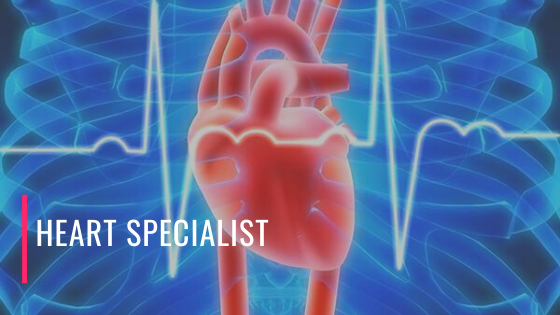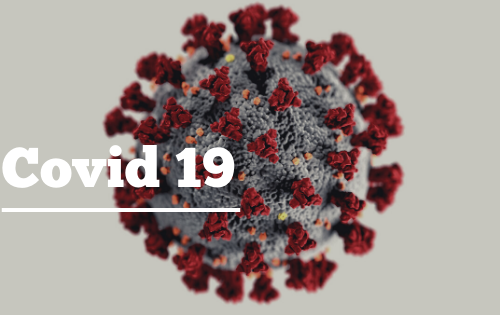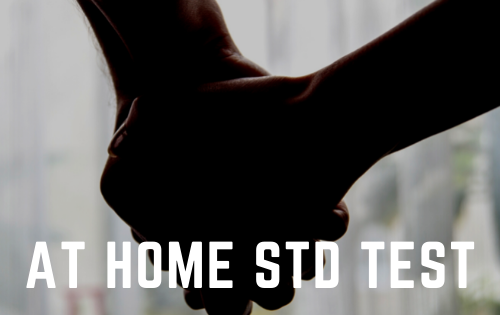
Cardiogenic Shock General Diagnosis
Cardiogenic shock is a condition that occurs when the ventricles of the heart fail to work properly. This condition is particularly dangerous to patients and often results in very high mortality rates. Current studies have indicated that as many as 50% of patients who are diagnosed with cardiogenic shock do not survive it. For this reason, cardiologists treat suspected or confirmed cases of cardiogenic shock very seriously.
Initial indicators of cardiogenic shock include cool, clammy skin, weak pulse, lessened urinary output, altered mental state (i.e. confusion, disorientation), and blood pressure that is less than 90 mm Hg for at least 30 minutes’ time. Sometimes, the shock is due to heart damage incurred during a myocardial infarction (heart attack). At other times, the causes can be arrhythmia, cardiomyopathy, valve problems or disease, or other structural defects of the heart.

To diagnose a heart condition such as shock, the cardiologist will attempt to gather information about the onset of symptoms, any prior injury to the heart, or other related details. Usually, patients who have suffered an acute myocardial infarction will have experienced common symptoms of this within the past few days, including acute chest pain. At other times, patients will have already suffered a heart attack, but without knowing so, and instead they will begin to have light-headedness and weakness. In individuals with a history of heart arrhythmias, the only noticeable signs may come in the form of increased feelings of palpitations, dizziness, or feelings of their heart “skipping a beat”. For an unfortunate few, by the time they reach a physician’s office, they may be so ill that they cannot provide accurate details to the physician.
Regardless of how much (or how little) information the patient can provide, the cardiologist will proceed to an exam to determine the extent of the physical manifestations of illness as you can see from drgerardleong.com website. Normally, patients experiencing cardiogenic shock will have a systolic blood pressure of less than 90 mm Hg. Generally, patients will have an increased respiratory rate – this results from their attempts to overcome reduced oxygen levels. The cardiologist will also compare the jugular pulse with the pulse detectable on the wrists – the jugular pulse will normally be stronger than usual in patients suffering cardiogenic shock. The peripheral pulse (on the wrist) will be weaker, demonstrating lack of blood flow to the extremities. Also due to lessened blood flow to these areas, the extremities may be swollen and may be cool and clammy.
In addition to the physical examination, a cardiologist can also order blood tests to check for signs of cardiac problems. For instance, a patient who has recently suffered a heart attack will have specific markers in the blood, such as cardiac-specific enzymes (CPK-MB, troponin). Other clues can come in the form of elevated creatinine and transaminases; these may be present in the blood if the kidneys and liver have begun to fail (which is one result of cardiogenic shock). The cardiologist can take all of these signs and symptoms together to more accurately gauge a patient’s status and need for treatment.




